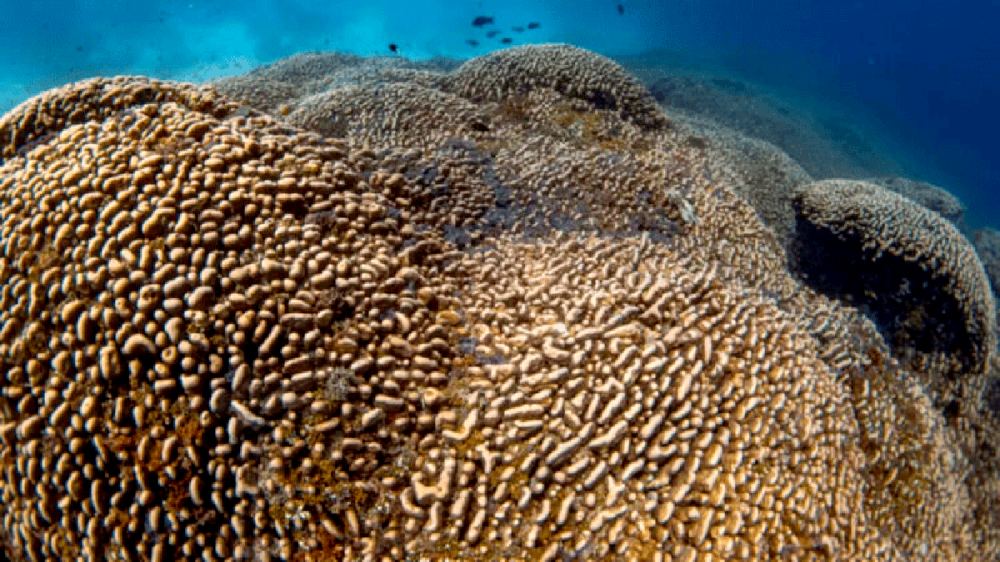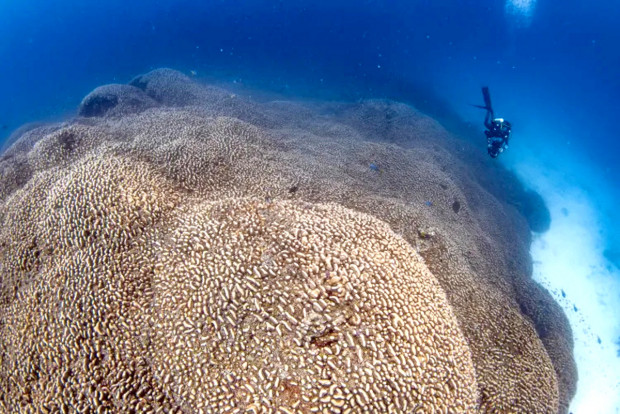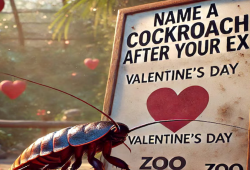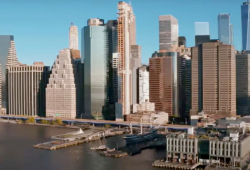
Knowledge | Posted by Aye Myat Thu
From the ocean itself arises coral reefs, which are the treasures of our earth as they provide shelter to many sea creatures and support the lives of men and women. It is thus a phenomenal discovery by scientists that there has been the identification of the largest-known coral colony in the entire world-all at the Solomon Islands.
In the warm blue waters of the Solomon Islands, an island chain in the South Pacific, lies one of the world’s largest sea creatures.
Roughly the size of two basketball courts, it’s neither a whale nor a giant squid.
It is a single piece of coral.
On Wednesday, a team of researchers and filmmakers exploring the Solomon Islands revealed that they found what they claim is the world’s largest individual coral colony.
The coral, a communal organism comprising millions of animals called polyps, is 34 meters wide and 32 meters long — and so large it can be seen from space.
In new photos shared by the research team, the coral, a species known as Pavona clavus, looks like a lumpy brown mound covered in knobs.
Closer views reveal bits of yellow, green, and purple.
Given its size and the slow speed at which corals grow, this individual is likely several centuries old.

(The mega coral is so large it dwarfs the diver alongside it. Manu San Félix/National Geographic Pristine Seas)

(Close-up views reveal all kinds of sea life growing on and around the coral. Manu San Félix/National Geographic Pristine Seas)
“It’s a dream to see something unique like this,” Manu San Félix, an underwater photographer and marine biologist who first saw the coral last month in the Solomon Islands, told Vox.
“When Napoleon was alive, this thing was here.”
San Félix discovered the coral while filming near an island called Malaulalo for an ongoing National Geographic expedition.
The expedition, a collaboration with the Solomon Islands government, is part of National Geographic’s Pristine Seas project, which aims to help
Ref: Scientists just discovered a sea creature as large as two basketball courts. Here’s what it looks like. (vox)
Photo Credit- Manu San Felix/ National Geographic Pristine Seas









